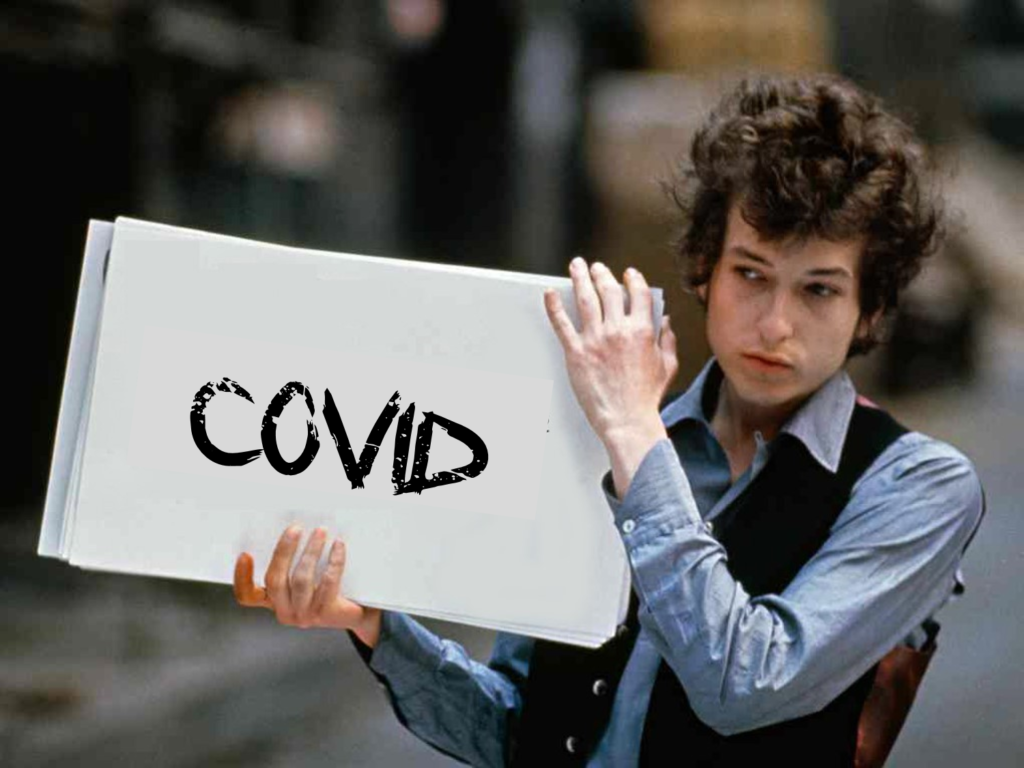
As the saying goes, time flies when you’re having fun.
That said, the past year has been the opposite of fun, and it sure hasn’t flown by. In fact, if anything, it’s been more like a nightmarish version of Ground Hog Day – without the laughs.
Most of us feel like we’ve been feeling the outstretched tentacles of COVID for a lot longer than just one year. And besides, it was never supposed to last this long.
My last airplane flight was from LAX to West Palm Beach exactly one year ago. And I haven’t set foot on an airplane or in an airport since. That’s an amazing change of pace for someone who’s has traveled 40 weeks a year for the past 37 years.
But that’s COVID for you. Mike McVay wrote a thought-provoking piece for Radio Ink earlier this week. Among other things, Mike wondered how radio will acknowledge this milestone today – and future March 11’s, the day when the World Health Organization declared COVID-19 was, in fact, a pandemic. More on that question at the end of this post.
Just 365 days ago, the Director-General of WHO, Tedros Adhanom, called “every day for countries to take urgent and aggressive action.” He declared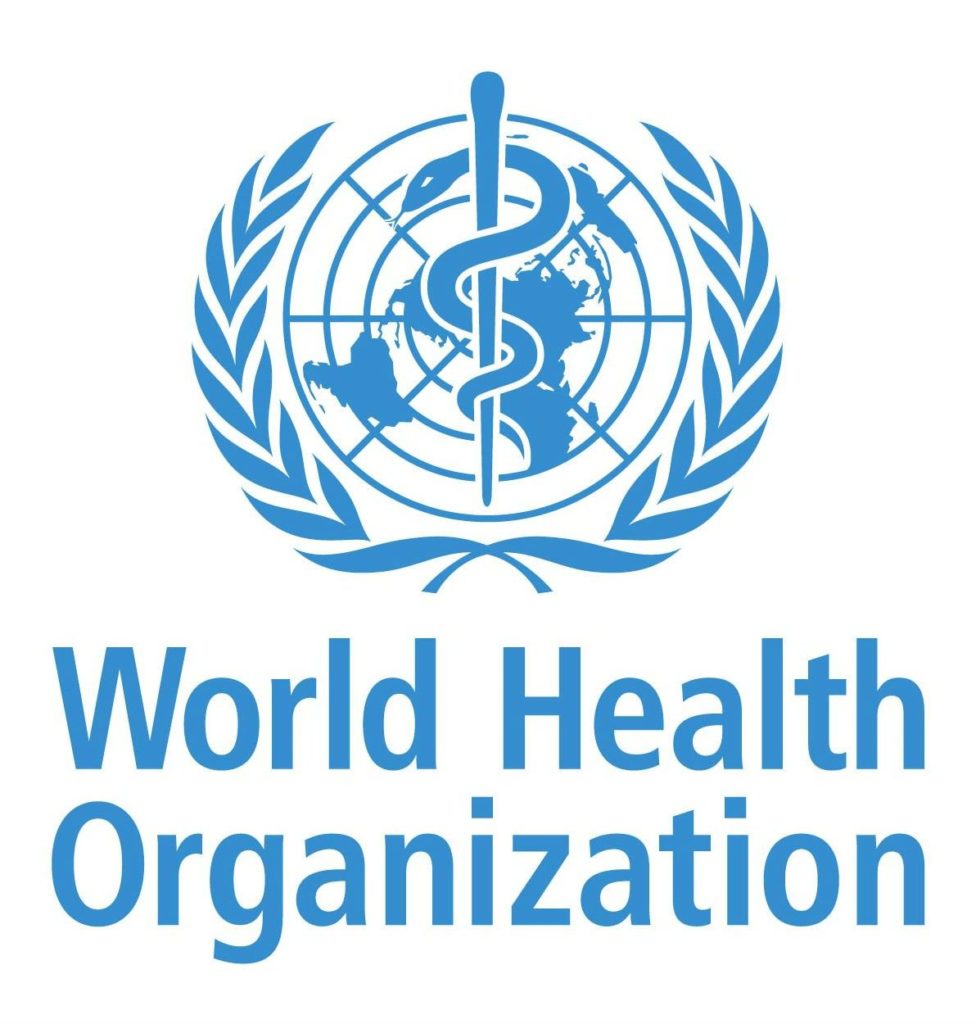 that “all countries can still change the course of this pandemic” if they “detect, test, treat, isolate, trace, and mobilize their people in the response.”
that “all countries can still change the course of this pandemic” if they “detect, test, treat, isolate, trace, and mobilize their people in the response.”
Recognizing that fighting COVID-19 would end up being a test of our collective will, he noted: “The challenge for many countries who are now dealing with large clusters of community transmission is not whether they can do the same – it’s whether they will.”
Here we are one year later, and nearly 530,000 deaths here in the U.S., and we are seeing continuing signs we are emerging from the abyss. But a heavy price has been paid.
I wrote my first blog post dedicated to COVID-19 on March 2, 2020, simply titled “Radio And The Coronavirus.” It highlighted a memo promotions guru, Paige Nienaber sent to his clients. In the post, I made this observation:
“We know very little about the scope of the spread and impact of COVID-19 on our lives, our families, and our industry. But it appears certain this story has the potential to change things, whether it’s the way citizens spend their time and money – or live their lives.
“Enter radio, stage right. Yes, most stations are very much laser-focused on their Nielsen ratings, their Miller Kaplan rankings, concerts coming to town, their sports teams, and other routine events we’re all accustomed to as the new year accelerates.
“The spread of this strain of the coronavirus, and the attendant emotional and health effects it has had – and may have – should be something that everyone in radio should be turning their attention to. While the federal government, the CDC, and other agencies have now sprung into action, much of the real activity promises to be on the local market level – municipalities, hospitals, health care organization, and civic groups.
“And that’s where local radio comes into play. Every market, region, and state’s situations may be different for obvious reasons, but facing this challenge is something looming on the horizon for all of us – and in some communities, right outside the windshield, right now today.”
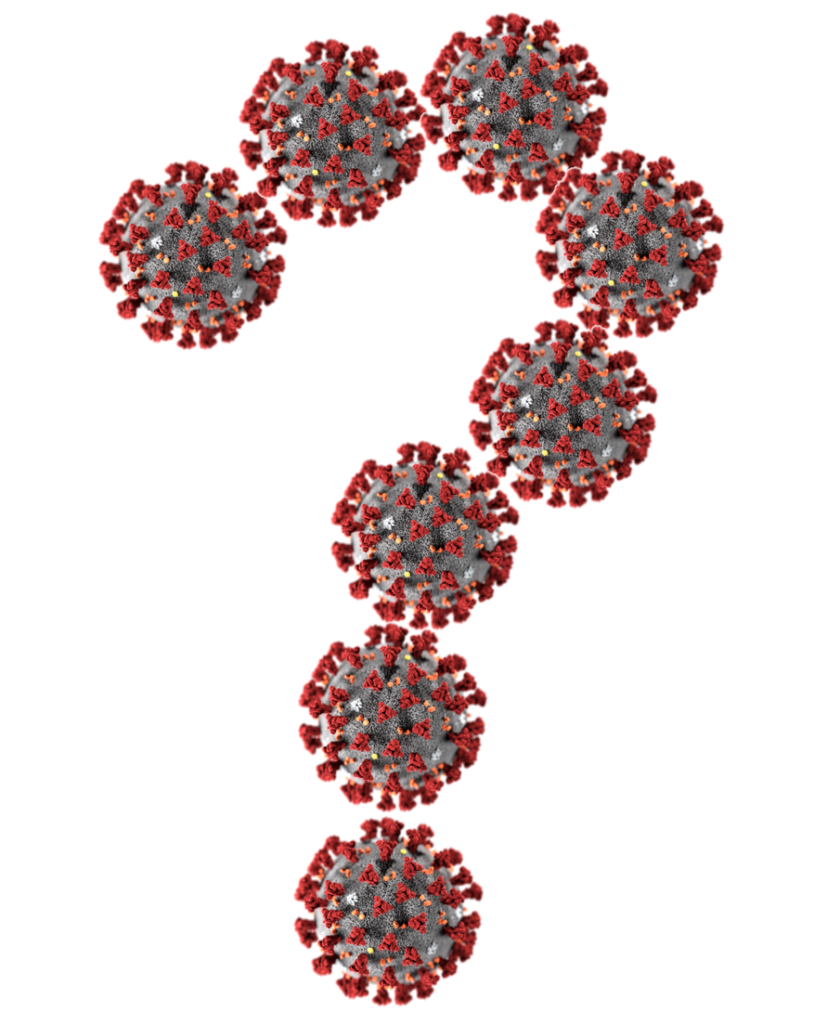 It would be the first of scores of blog posts about COVID during these difficult twelve months – for all of us personally and professionally, and for the radio industry. We would also go on to conduct three different waves of research reports for commercial, public, and Christian music radio – all intended to help broadcasters better understand the audience’s mindset, and how it had been impacted by the pandemic.
It would be the first of scores of blog posts about COVID during these difficult twelve months – for all of us personally and professionally, and for the radio industry. We would also go on to conduct three different waves of research reports for commercial, public, and Christian music radio – all intended to help broadcasters better understand the audience’s mindset, and how it had been impacted by the pandemic.
Hopefully, these research snapshots were informative for programmers, managers, and sellers as they collectively tried to get their heads around the pandemic, and its impact on their businesses.
All the way back to early April, we could see how media habits were shifting. This chart is from that first study among commercial radio fans. In just a few short weeks, disruption was rampant throughout the media landscape:
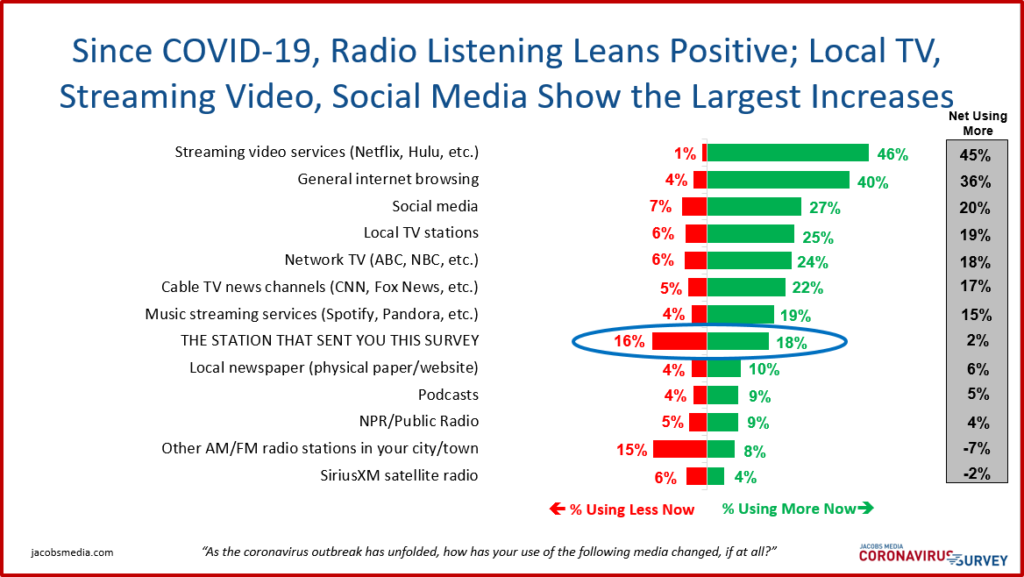
(Those studies are linked below.)
We were all witnesses in this collective experience. But we also played our roles in this drama.
Other than World War II and the Great Depression, few events in history were universally shared by human beings everywhere. COVID is now on this list. It was a lengthy test of our tolerance, our patience, our strength, and our psyches. Entire countries (and the world) shared in a phenomenon that profoundly affected every last one of us.
We will indeed have stories to tell our grandchildren about 2020 – and what followed.
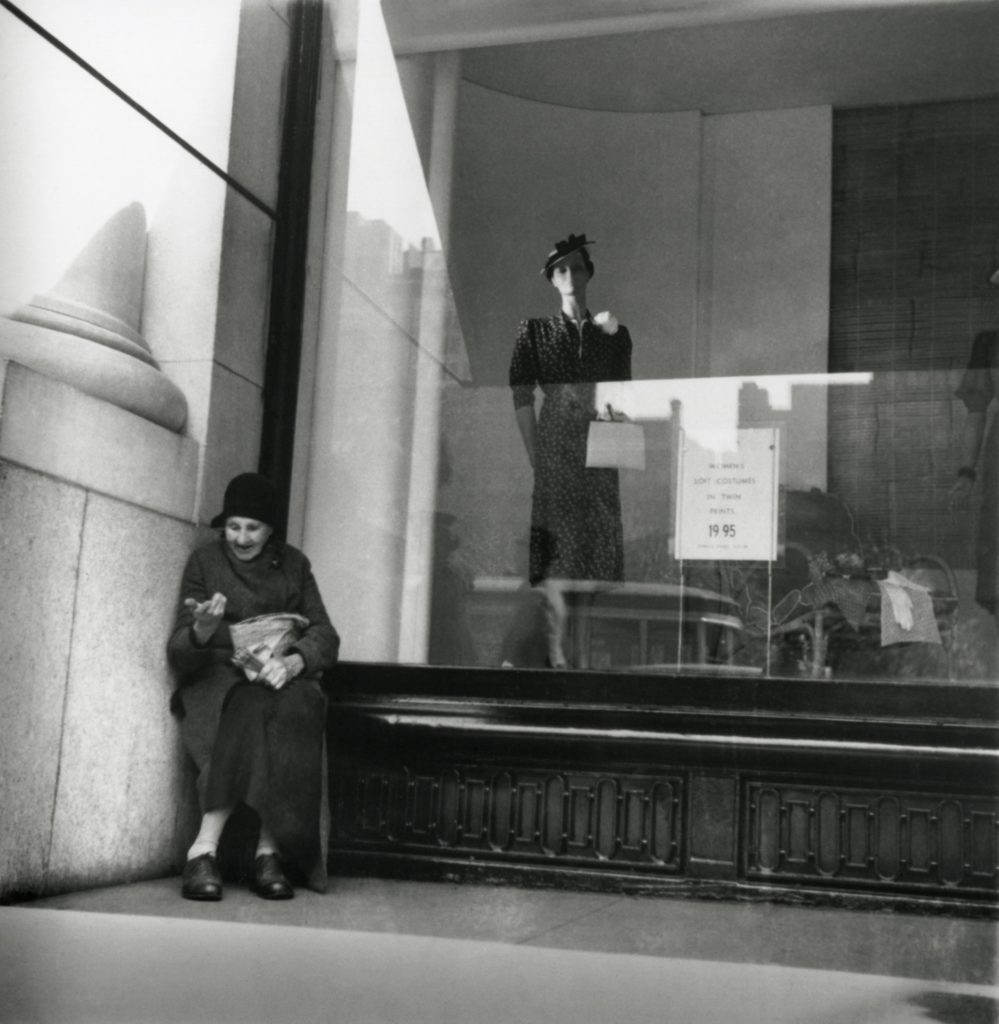
COVID turned out to be an accelerant for many trends that were already forming. Business sectors struggling in 2018 or 2019 found themselves in dire straits, in many cases, unable to pull out of the tailspin.
As trying a year as it has been, however, I cannot help but think there have been benefits from this experience, all unintended, of course. We’ve learned a lot about our families, our co-workers, our audiences, and of course, ourselves. Not everyone has had the same experiences – good, bad, or otherwise. But many of us have learned important lessons during the past year.
Among them:
- Resilience – This was a time when “the going gets tough” cliché actually lived up to the hype. Some of us found ourselves scrambling to resuscitate our stations and our careers. The early waves of layoffs were a challenge to many in radio’s rank-and-file, forcing much career retrospection. Some found a way to stay in radio – others used the COVID disruption as the impetus to get out and move on.
- WFH – One thing we all had to learn – how to work from home. Even better put, how to
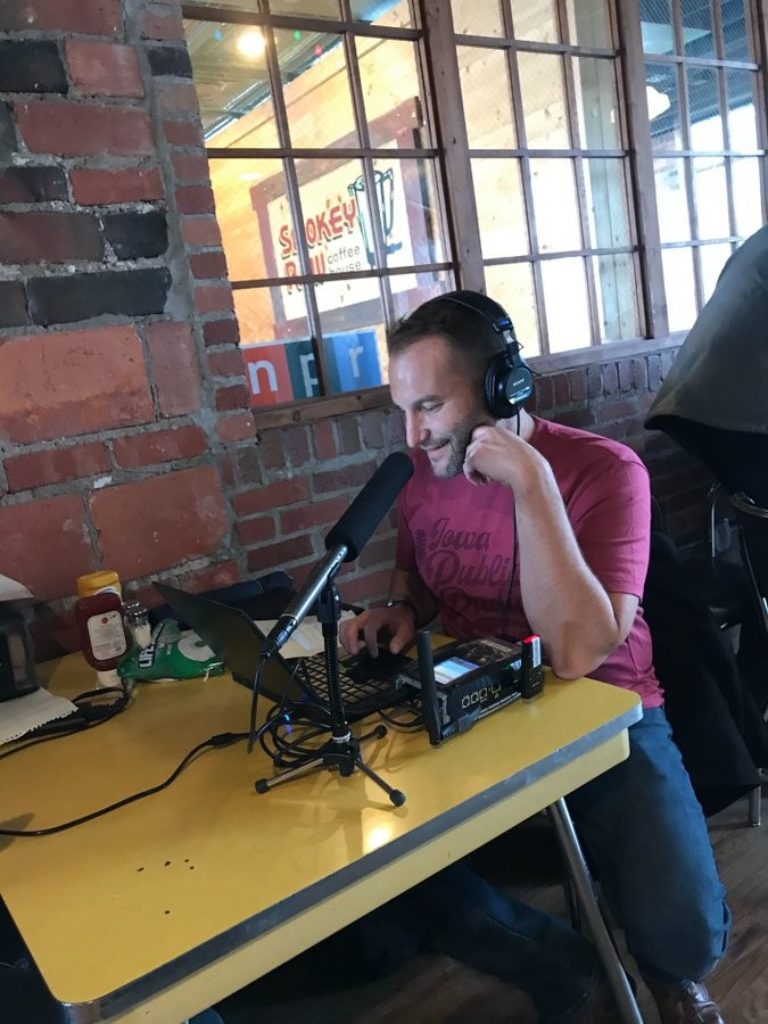 work from just about anywhere. For me, this was the easiest of challenges because I’ve been working from home, Starbucks cafes, airplane, airport lounges, and the back seats of Ubers for as long as I can remember. For many of you, juggling your job, your kids, and even your pets while doing a morning show, selling time, or scheduling music logs turned into a neat skill set you’re likely still using today. “Broadcasting from home” is still a big part of this story. How many of us will return to work – to the office, to the station – remains to be seen. As we’ve already heard from some industry leaders, many station clusters are already looking for smaller real estate footprints.
work from just about anywhere. For me, this was the easiest of challenges because I’ve been working from home, Starbucks cafes, airplane, airport lounges, and the back seats of Ubers for as long as I can remember. For many of you, juggling your job, your kids, and even your pets while doing a morning show, selling time, or scheduling music logs turned into a neat skill set you’re likely still using today. “Broadcasting from home” is still a big part of this story. How many of us will return to work – to the office, to the station – remains to be seen. As we’ve already heard from some industry leaders, many station clusters are already looking for smaller real estate footprints. - Team work & camaraderie – I’ve spoken to many in radio who have related to me their station staffs have done their best work ever during COVID, finding ways to get it done, while supporting one another at the same time. The day will come when more radio pros will return to their stations, but many others will find themselves in hybrid situations and working remotely for years to come.
- The audience connection – Many stations and their personalities used the pandemic to re-engage with their listeners. I have gotten the sense in speaking with listeners in Zoom focus groups and studying our three COVID surveys that many people who stuck with radio tended to listen to fewer stations. As a result, they may have grown closer to favorite stations and personalities.
- The importance of local – Funny thing about COVID – it may be a global pandemic, but from the beginning, it was a local story. Every
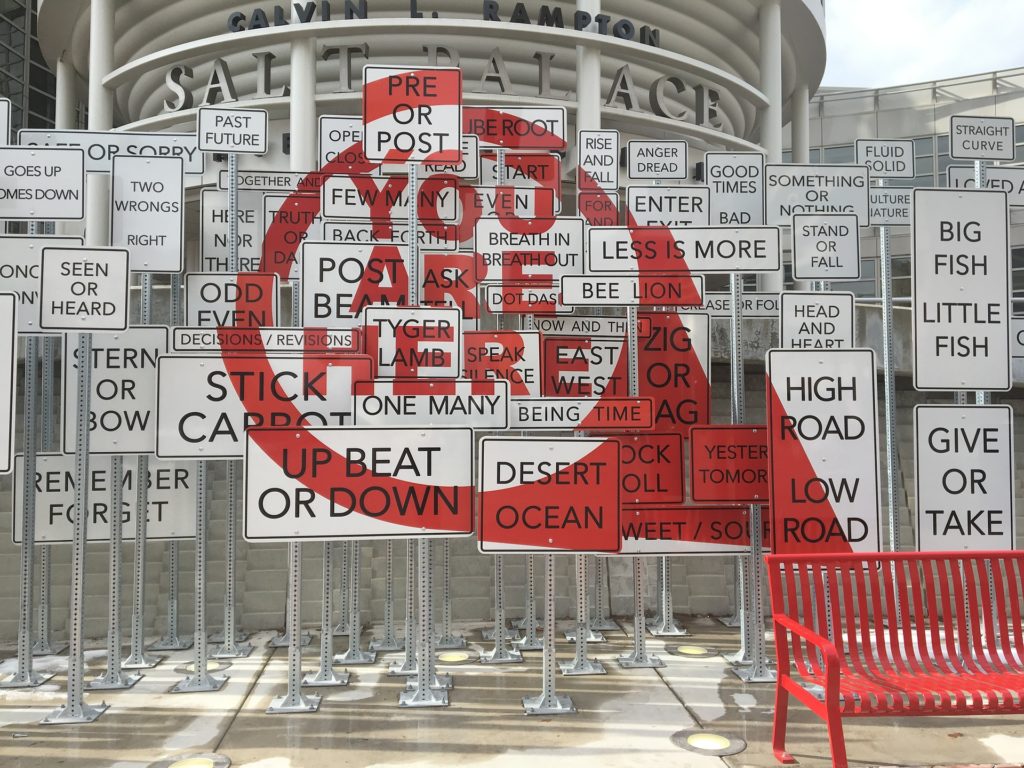 community, every county, and every state handled it differently. There was a much different dynamic whether you were in Miami, Minneapolis, or Minot. And those local conditions changed as the year wore on, “hot spots” came and went, and local media covered all of it.
community, every county, and every state handled it differently. There was a much different dynamic whether you were in Miami, Minneapolis, or Minot. And those local conditions changed as the year wore on, “hot spots” came and went, and local media covered all of it. - The digital reawakening – Yes, Jacobs Media has become a bit of a broken record on this topic – and owning a mobile app company has played a role here, too – but the need for radio stations to have a robust digital presence became of paramount importance during the pandemic. Add to that, millions were spending less time in their cars, and more quarter-hours in their homes – often in situations where there was no AM/FM radio present. Listening to radio via streams became prime outlets for many listeners, on computers, mobile phones, tablets, and smart speakers. That’s not going to go away post-COVID.
- The power of the car – Speaking of which, radio’s best friends – cars, trucks, and heavy traffic – became non-factors during the lockdown, and still haven’t totally recovered in the months since. And changes among automakers during COVID will impact radio broadcasters for years to come – electrification, more spacious dashboards, and autonomous mobility will change the landscape. The degree to which commuting and traffic snarls will return to their pre-pandemic levels remains to be seen. But chances are with WFH we won’t return to the traffic jams of the past.
- Zoom became synonymous with video meetings – Yes, many of us used similar technologies like Facetime and Skype before there was
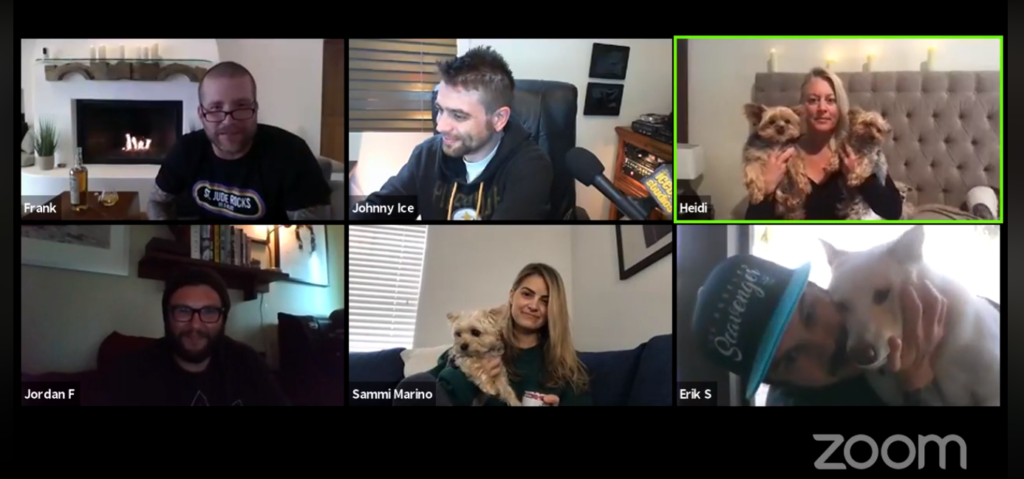 COVID. But a switch was flipped last March, and we found ourselves communicating with our teams via Zoom (and similar platforms) multiple times a day. Many radio stations used the technology effectively – happy hours, artist interviews, and other applications. We started doing Zoom focus groups last spring, a format that has worked very well. But not surprisingly, “Zoom fatigue” became a condition associated with participating in too many of these video conferences. But even as COVID fades out, Zoom will remain with us, in many cases, replacing the lowly “conference call.”
COVID. But a switch was flipped last March, and we found ourselves communicating with our teams via Zoom (and similar platforms) multiple times a day. Many radio stations used the technology effectively – happy hours, artist interviews, and other applications. We started doing Zoom focus groups last spring, a format that has worked very well. But not surprisingly, “Zoom fatigue” became a condition associated with participating in too many of these video conferences. But even as COVID fades out, Zoom will remain with us, in many cases, replacing the lowly “conference call.” - E-commerce took off – So did curbside service. And pity the businesses that were late to the party. Companies with strong track records in e-tailing were often able to maintain and even thrive. We learned during the December holidays just how powerful e-commerce could be, as in-store shopping and malls were perceived by many to be “super spreader” events.
- Skilling up and slowing down – While not everyone took advantage of the lull, the boredom, or even unemployment, many used the opportunity to learn a new skill or to improve an old one – baking, gardening, learning a musical instrument or a foreign language. Millions of us used the COVID break to make personal improvement not possible during pre-COVID times. Many of us dreamed about getting back to “normal,” or perhaps dreading the “new normal.” But overall, the pandemic allowed many of us high flyers and multi-taskers to slow down.
- Huge lifestyle disruptions – Never in our wildest dreams could we have imagined a year when so many routines – our very fabrics – got shaken to their core. Whether it was tele-health and tele-learning, the ways in which we observed birthdays, anniversaries, weddings, graduations, and sadly funerals all changed – virtually overnight. When was the last time you shook hands with someone? That’s a ritual that is centuries old.
- Hope, empathy, and gratefulness – Strangely, the wide-sweeping impact of COVID triggered different and often intense emotional
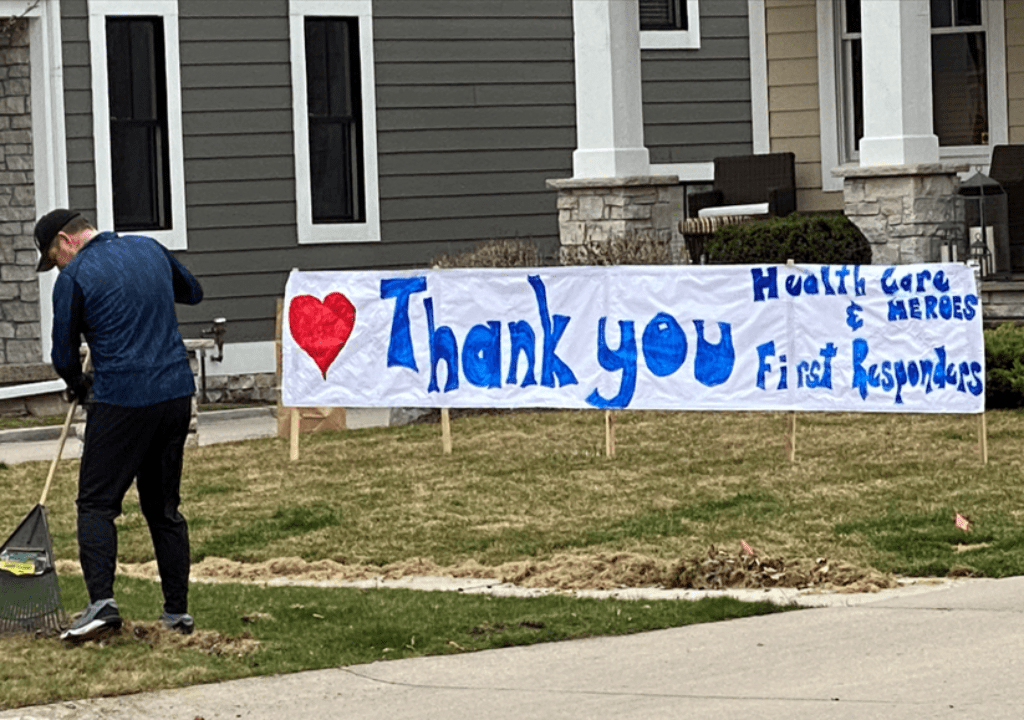 reactions in many of us. It’s hard not to feel thankful for surviving being infected or somehow managing to avoid it. Those of us who are lucky enough to have gotten a dose or two of the vaccine feel a sense of gratefulness they hadn’t experienced in years – or ever. We learned a new term – “essential workers” – not just doctors and nurses, but folks stocking shelves and working behind the counter. The political scene, the social justice movement, and the economy all conspired to make many of us more aware of the world around us, the effect we have on others, and the power of our democracy to bring about change or keep the status quo. We certainly learned that elections mattered. And perhaps we all developed a greater sense of empathy for what others were enduring as the virus impact so many in myriad ways.
reactions in many of us. It’s hard not to feel thankful for surviving being infected or somehow managing to avoid it. Those of us who are lucky enough to have gotten a dose or two of the vaccine feel a sense of gratefulness they hadn’t experienced in years – or ever. We learned a new term – “essential workers” – not just doctors and nurses, but folks stocking shelves and working behind the counter. The political scene, the social justice movement, and the economy all conspired to make many of us more aware of the world around us, the effect we have on others, and the power of our democracy to bring about change or keep the status quo. We certainly learned that elections mattered. And perhaps we all developed a greater sense of empathy for what others were enduring as the virus impact so many in myriad ways.
So now what?
What will the next 12 months be like? How will our world, our careers, our families, and our businesses change?
And what does it all mean to broadcast radio, as stations big and small have felt the hurt?
In the short run – that means as early as this weekend, the influx of stimulus checks and other government support will be fast and furious. And as more of us get the vaccine, the weather continues to improve, and hope springs eternal, an initial rebound seems likely. And it could be a strong one. Chances are good these funds won’t be parked in savings accounts – they will start flowing into the economy quickly for the essentials, as well as for entertainment and travel.
How will local radio broadcasters collaborate with its advertisers and communities to facilitate consumer spending and confidence during this initial rush of capital in the system? And how will this play out as we move into summertime with so many itching to get outside?
Then there are the longer-term impacts of COVID. For broadcast radio, the challenge will be to welcome listeners back – to morning shows, to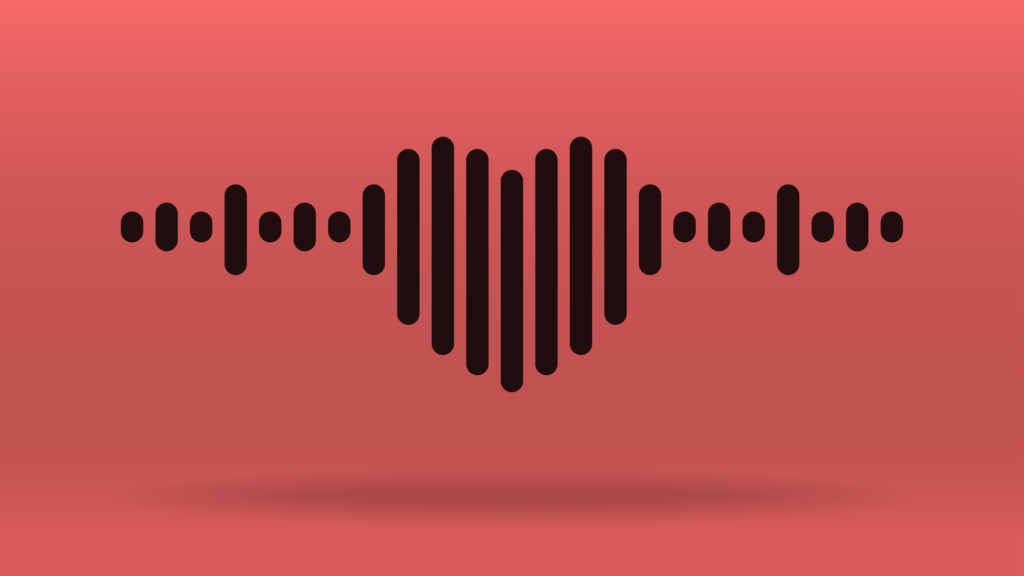 brands, to their old routines.
brands, to their old routines.
The disruption of people’s lives demands radio broadcasters research and study these megatrend societal changes. And then use that information to forge plans that resonate with consumers – on and off the air. The “Memorial Day 500” and “Rocktober” may be signs that “normalcy” is returning. But trying to simply go back to the way things were with the same old content won’t cut it.
It’s not that everything will be different post-COVID. It won’t. But radio operators will need to do their homework, make investments in human and content resources if they hope to recover the losses, and form a foundation for the future. I’d like to believe that smart research and strategic consulting will grow in importance as 2021 rolls on. You know where to find us.
Habits have been rocked. Americans – yes, even Baby Boomers, have been learning how to use new technologies to inform, entertain, and connect themselves during the past 12 months. How can those lifestyle changes become part of the fabric of engaging with a local radio brand and the personalities that make them special?
We have a lot to look forward to as 2021 rolls out. We can’t forget what we’ve been through, but we have to move on to seize the day. 
“We’re all in this together” became a cliché early on, especially as it became clear that politics and division would play an outsized role in dealing with the pandemic.
But the fact is, whether we agree or not about what happened and what is yet to come, we are very much going through a time when our common experience can and should be a benefit. We cannot afford to miss this moment.
Thanks, as always, for spending time here, offering your perspective and encouragement throughout this crazy time.
Onward.
Addendum 1: Here are the links to our first COVID studies:
Addendum 2: The aforementioned Paige Nienaber is working on a COVID Remembrance Day concept (5/25) you can check out here. You can also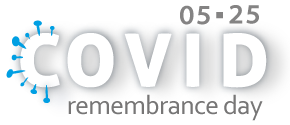 email him here.
email him here.
Always the man with the promotional plan, Paige is revving up the machine to meet this moment.
- What Is It With Female Robot DJs? - April 30, 2025
- Why “Dance With Those Who Brung You” Should Be Radio’s Operating Philosophy In 2025 - April 29, 2025
- The Exponential Value of Nurturing Radio Superfans - April 28, 2025




Excellent review of where we have been and strong suggestions for where we are going. This is a blog that should be shared with everyone as it applies to all businesses. Well done.
Much appreciated, Mike.
Excellent indeed & thanks Fred. We learned a lot. Continue to do so. And all will be back to normal when Mike McVay is wearing those suits on an everyday basis again.
I like that, Tim. McVay has always been a bellwether and a trend-setter.
I followed Mike McVay’s lead and shared to my business page and twitter feed as well. Spot on for life in 2021 which demands we look forward to a new, adaptive future.
Much appreciated, Linda. And remember, you can never go too wrong following McVay’s lead. 🙂
Regarding vehicle listening, I’ve never been so delighted for a nine month project on the I-75 bridge over the Ohio river here in Cincinnati. An extra 20-30 minutes each way for commuters who use it every day.
Actually, Keith, I was on that stretch last month, driving to Florida from Michigan. Let’s hear it for orange barrels and traffic jams!
What a good read! Thank you!
Appreciate that, Tammie. Thanks for reading it.
Fred,
Like you, WFH; not new. As guys on the up-leg of the K-shaped recovery, we’re fortunate. You’re SO on point about crisis created empathy for, not only our radio brethren, but “local, local, local” and the opportunities presented to help people. Can radio return to it’s roots as a community service? Time will tell. Corporate memories can be short, but yes, “Hope springs eternal.” Your research is Insightful, consistently important, and well penned, Fred. You are the E.F. Hutton of broadcast in a watershed era. Kudos.
Ed, I appreciate your “take” on this. And I hope the pathway includes community service and a rededication to local. As for the E.F. Hutton line, it’s still pretty noisy out there. 🙂